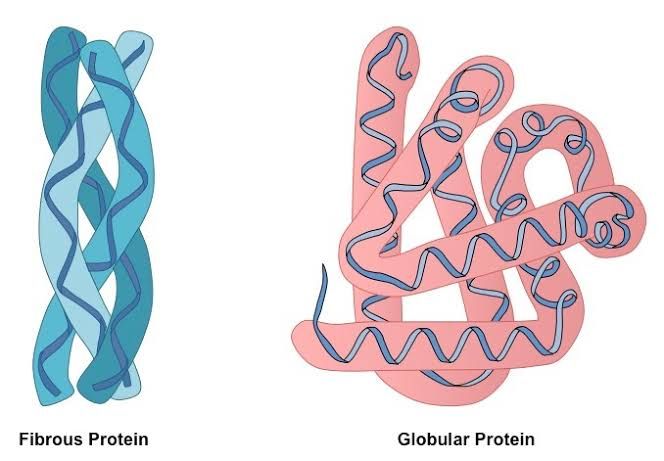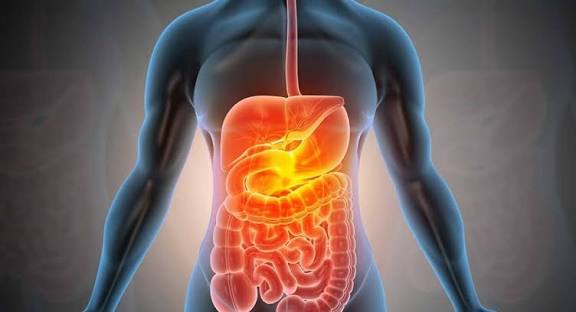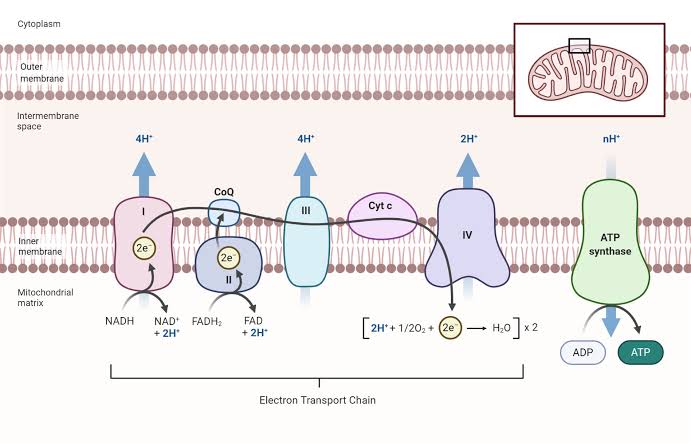
Structure of Fibrous Proteins
Fibrous proteins, also known as scleroproteins, are characterized by their elongated and filamentous structures. They play crucial roles in providing support and strength to various biological tissues. The structure of fibrous proteins can be understood through several key aspects:
1. Polypeptide Chains: Fibrous proteins consist of long polypeptide chains that are arranged in a linear or helical manner. These chains often aggregate to form larger structures, such as fibers or sheets. The primary sequence of amino acids in these chains typically contains repetitive sequences, which contribute to the protein’s structural integrity.
2. Secondary Structure: The secondary structure of fibrous proteins is predominantly composed of specific arrangements such as alpha helices or beta sheets. For instance, collagen, one of the most abundant fibrous proteins, features a unique triple helix structure formed by three intertwined polypeptide chains. This arrangement provides tensile strength and stability to connective tissues.
3. Low Solubility: Fibrous proteins are generally insoluble in water due to their hydrophobic side chains that protrude from the molecule. This characteristic is essential for their function as structural components because it allows them to form stable aggregates that resist denaturation.
4. Cross-Linking: Many fibrous proteins exhibit cross-linking between their polypeptide chains, which enhances their mechanical properties. For example, keratin contains disulfide bonds (cys-cys bonds) that link different protein strands together, contributing to its rigidity and resilience.
5. Structural Roles: Fibrous proteins serve primarily structural functions within organisms. They are integral components of connective tissues, tendons, cartilage, bone matrices, and muscle fibers. Their design allows them to withstand various mechanical stresses while maintaining the integrity of biological structures.
In summary, fibrous proteins are elongated structures made up of polypeptide chains with limited tertiary folding, characterized by repetitive sequences that form secondary structures like helices or sheets; they exhibit low solubility in water and often feature cross-links that enhance their stability and strength.
Functions of Fibrous Proteins
Below are the primary functions of fibrous proteins:
1. Structural Support
Fibrous proteins provide structural support to cells and tissues. They are integral components of connective tissues, which include tendons, ligaments, cartilage, and bone. For example, collagen is the most abundant fibrous protein in vertebrates and forms a significant part of connective tissue, providing tensile strength and resistance to deformation. This structural role is vital for maintaining the shape and integrity of organs and tissues.
2. Protective Functions
Certain fibrous proteins serve protective roles in organisms. Keratin, found in hair, nails, feathers, and the outer layer of skin, provides a tough protective barrier against environmental damage such as abrasion or pathogens. The rigidity and insolubility of keratin contribute to its effectiveness as a protective protein.
3. Elasticity
Some fibrous proteins exhibit elasticity, allowing tissues to stretch and return to their original shape. Elastin is a key example; it is found in elastic connective tissues such as skin, lungs, and blood vessels. The ability of elastin to stretch enables these tissues to withstand mechanical stress while maintaining their functional properties.
4. Muscle Contraction
Fibrous proteins are also involved in muscle contraction. Actin and myosin are two essential fibrous proteins that interact within muscle fibers to facilitate contraction and movement. This function is critical for locomotion in animals as well as various involuntary movements within the body.
5. Storage Functions
While primarily known for their structural roles, some fibrous proteins can also have storage functions. For instance, certain types of collagen can store minerals like calcium phosphate in bones, contributing not only to structure but also to mineral homeostasis.
6. Formation of Filamentous Structures
Fibrous proteins aggregate into long filaments or sheets due to their polypeptide chains’ unique arrangements and interactions (such as disulfide bonds). This aggregation allows them to form complex structures that are essential for various biological processes.
In summary, fibrous proteins serve critical functions including providing structural support, protection against environmental damage, elasticity for tissue flexibility, facilitating muscle contraction, storage capabilities for minerals or nutrients, and forming filamentous structures that contribute to overall biological integrity.
Examples of Fibrous Proteins
Below are some prominent examples of fibrous proteins:
1. Collagen
Collagen is the most abundant fibrous protein in the animal kingdom, making up a significant portion of connective tissues such as tendons, ligaments, cartilage, and bone. It consists of three polypeptide chains wound together to form a triple helix structure. This unique configuration provides tensile strength and structural integrity to tissues. There are several types of collagen (over 28 identified), with Type I being the most prevalent in skin, bones, and tendons.
2. Keratin
Keratin is another well-known fibrous protein that forms the structural framework for hair, nails, feathers, horns, and the outer layer of skin. It exists in two main forms: alpha-keratin (found in mammals) and beta-keratin (found in reptiles and birds). Keratin’s structure is rich in disulfide bonds which contribute to its durability and resistance to wear and tear.
3. Elastin
Elastin is a highly elastic protein found primarily in connective tissues that require flexibility and resilience, such as skin, lungs, arteries, and ligaments. Its unique structure allows it to stretch significantly when under tension and then return to its original shape when released. This property is essential for maintaining the elasticity of tissues that undergo frequent stretching.
4. Fibrin
Fibrin is a fibrous protein involved in blood clotting. When an injury occurs, fibrinogen (the soluble precursor) is converted into fibrin through enzymatic action during the coagulation process. Fibrin strands form a mesh-like structure that traps blood cells and platelets to create a stable clot, preventing excessive bleeding.
5. Spidroin
Spidroins are proteins produced by spiders for silk production. Spider silk exhibits remarkable tensile strength combined with elasticity; it has been studied for potential applications in materials science due to its unique properties. Different types of spidroins are responsible for producing various types of silk used for web-building, prey capture, or protective cocoons.
These examples illustrate the diversity of fibrous proteins and their essential roles across different biological systems.
Clinical Implications of Errors in Synthesis/Folding of Fibrous Proteins
Fibrous proteins, such as collagen, elastin, and keratin, play critical roles in providing structural support and elasticity to various tissues in the body. Errors in the synthesis or folding of these proteins can lead to a range of clinical implications that affect tissue integrity and function. Understanding these implications requires examining the processes involved in fibrous protein synthesis, the potential errors that can occur, and their resultant effects on health.
1. Mechanisms of Synthesis and Folding
Fibrous proteins are synthesized from amino acid sequences encoded by genes. The process involves transcription of DNA into mRNA, followed by translation into polypeptide chains that undergo post-translational modifications and folding into their functional forms. Proper folding is crucial for the formation of stable structures; misfolding can result from genetic mutations, environmental factors, or cellular stress.
2. Types of Errors in Synthesis/Folding
Errors during protein synthesis can manifest as:
- Amino Acid Substitutions: Mutations may lead to incorrect amino acids being incorporated into the polypeptide chain.
- Post-Translational Modifications: Inadequate glycosylation or improper disulfide bond formation can hinder correct folding.
- Aggregation: Misfolded proteins may aggregate, leading to loss of function.
3. Clinical Implications
The clinical implications of errors in fibrous protein synthesis and folding are significant:
- Connective Tissue Disorders: Mutations affecting collagen synthesis can lead to disorders like Ehlers-Danlos syndrome (EDS) and osteogenesis imperfecta (OI). These conditions are characterized by hyperelastic skin, joint hypermobility, and brittle bones due to defective collagen structure.
- Fibrosis: Misfolding or aggregation of fibrous proteins can trigger fibrosis—a pathological accumulation of extracellular matrix components—resulting in organ dysfunction. For example, excessive collagen deposition leads to conditions such as pulmonary fibrosis or liver cirrhosis.
- Muscle Disorders: Errors in the synthesis or folding of structural proteins like dystrophin can result in muscular dystrophies. These genetic disorders weaken muscle fibers and impair mobility.
- Neurodegenerative Diseases: Although primarily associated with globular proteins, some fibrous proteins also contribute to neurodegenerative diseases when misfolded aggregates form toxic species. For instance, abnormal aggregation of tau protein is implicated in tauopathies.
4. Diagnostic Approaches
Identifying errors in fibrous protein synthesis often involves genetic testing for mutations associated with specific disorders. Additionally, biochemical assays may be employed to assess protein structure and function directly.
5. Therapeutic Strategies
Therapeutic approaches aim at correcting or mitigating the effects of misfolded fibrous proteins:
- Gene Therapy: Targeting specific mutations responsible for defective protein synthesis.
- Pharmacological Chaperones: Small molecules that assist proper folding or stabilize existing structures.
- Physical Therapies: To manage symptoms associated with connective tissue disorders.
In conclusion, errors in the synthesis and folding of fibrous proteins have profound clinical implications across various systems within the body. Understanding these processes is essential for developing effective diagnostic tools and therapeutic strategies aimed at mitigating their adverse effects on health.







